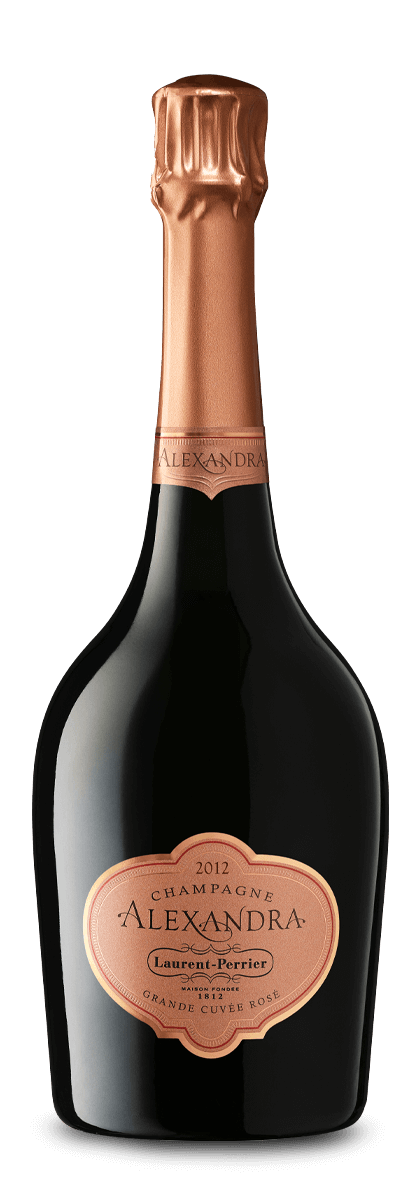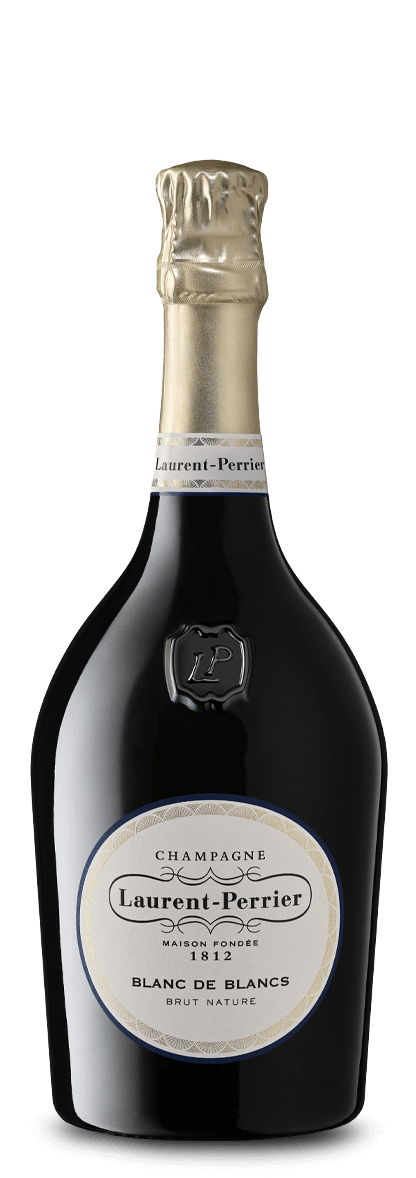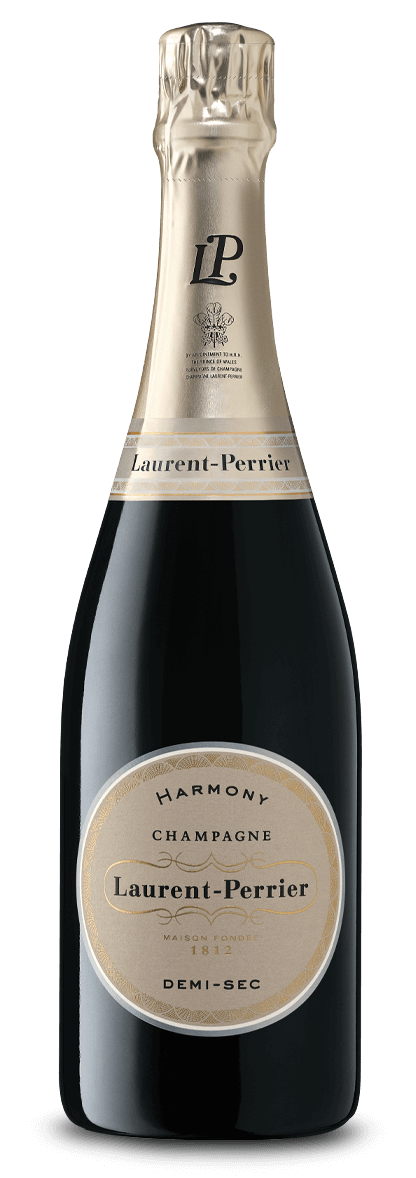
The Maison
Our savoir-faire
The Laurent-Perrier
Style
Bernard de Nonancourt created the Laurent-Perrier style: freshness, elegance, purity. To achieve this, he used the traditional practices of Champagne, but also initiated and stimulated new technical approaches to winemaking. The result is a range of unique wines, each with its own history and style. Laurent-Perrier is renowned for its taste and the consistency of its quality, Cuvée after Cuvée.


Vinification
At the end of the 1970s, Laurent-Perrier was one of the few Champagne Houses to choose stainless steel vats. By controlling the first fermentation at a low temperature, they allow the wine to retain its freshness and preserve the complexity of its aromas. They also contribute to the development of the House style: freshness, elegance and purity. Bernard de Nonancourt showed his ambition for Laurent-Perrier by having the first temperature-controlled vat room built.
Alain Terrier, Cellar Master from 1983 to 2004, perfected the art of blending, faithful to the quest for excellence that nourishes the Laurent-Perrier spirit. He selects grapes from the best areas of the Champagne vineyards, vinifies each batch separately and supervises the blends with the utmost care. This plot-by-plot vinification has become a signature of the House: each vineyard is worked separately, offering the Cellar Master who makes the blends a very wide range of aromas, terroirs and styles.
Assemblage is the art of Champagne

At Laurent-Perrier, winemaking means selecting the best juice from the press, working with the three main Champagne varietals, Chardonnay mostly, Pinot Noir and Meunier, which is used solely in making “La Cuvée” and Harmony. It also means choosing the still wines that will go to make up the final composition from the 319 villages in the Champagne AOC area including 17 Grands Crus and 42 Premiers Crus. To make wine is to achieve the perfect balance between a base year and reserve wines to recreate the characteristic Laurent-Perrier style each year. Finally, it means ageing our Cuvées for long periods so that they are perfectly ready to enjoy as soon as they are released onto the market. Each of these stages, however important, can only be accomplished if we have the best grapes, which is why our long-standing partnerships with the region’s growers and cooperatives, often over several generations, are vital.
Maceration
Since the 1960s, Laurent-Perrier has been producing highly reputed Coteaux Champenois wines, which have enabled the house to acquire an unrivalled vinification and aromatic extraction technique. This know-how has enabled Laurent-Perrier to produce Cuvée Rosé, the fruit of a high-quality supply of Pinot Noir grapes and a highly technical winemaking method, maceration. Once the grapes have been harvested, they are destemmed and placed in a maceration vat. In this vat, the juice macerates with the grape skins for 48 to 72 hours to bring out the aromatic expression. The juice is then run off (separated from the skins), fermented and vinified in a separate vat.


Brut Nature category
The dosing process was developed in the 19th century. Dosage is the last step in wine making before marketing. It corresponds to the addition of a tiny amount of liqueur, most often composed of cane sugar and reserve wines, and helps to determine the type of champagne. In 1889, Laurent-Perrier broke with convention and offered a “Grand Vin Sans Sucre”. This champagne was intended for English customers who loved low-dosage wines. Under the leadership of Bernard de Nonancourt with his pioneering spirit, in 1981 the House unveils the evolution of the “Grand Vin Sans Sucre”, Laurent-Perrier Ultra Brut. The Brut Nature category has not yet come into existence. It is not until 1985 and 1996 respectively that the “Extra Brut” and “Brut Nature” categories are created. In 2019, Laurent-Perrier continues to innovate and becomes the first Grande Champagne House to offer a Blanc de Blancs Brut Nature.









